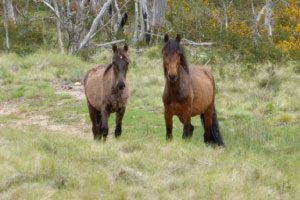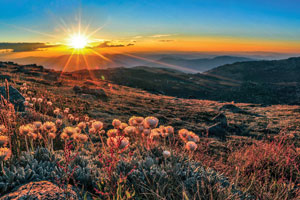The Invasive Species Council commissioned a GIS analyst to review areas of Kosciuszko National Park burnt during the 2019-20 summer bushfires and available horse population data.
The intent of the analysis was to determine the likelihood of a reduction of growing feral horse numbers in the park due to the fires.
The 2020 summer bushfires were devastating to the native plants and animals of Kosciuszko National Park. More than a third of the park burnt and of that, about a fifth burnt very intensely.
Recovery will be slow and surviving wildlife will have limited food and shelter in unburnt areas and will compete with or be predated on by feral animals.
The data suggests that a majority of the areas within Kosciuszko National Park that are home to high numbers of feral horses were unburnt.
Most areas that burnt did not suffer severe intense fires. Some smaller areas with horses did suffer intense fires. Horses would have had the opportunity to escape the fires.
It is now critical that horses are removed from recovering burnt areas within Kosciuszko National Park and from those unburnt areas where horses moved in to escape the fires and that are now critical to the survival of surviving native animals seeking food, shelter and water.








